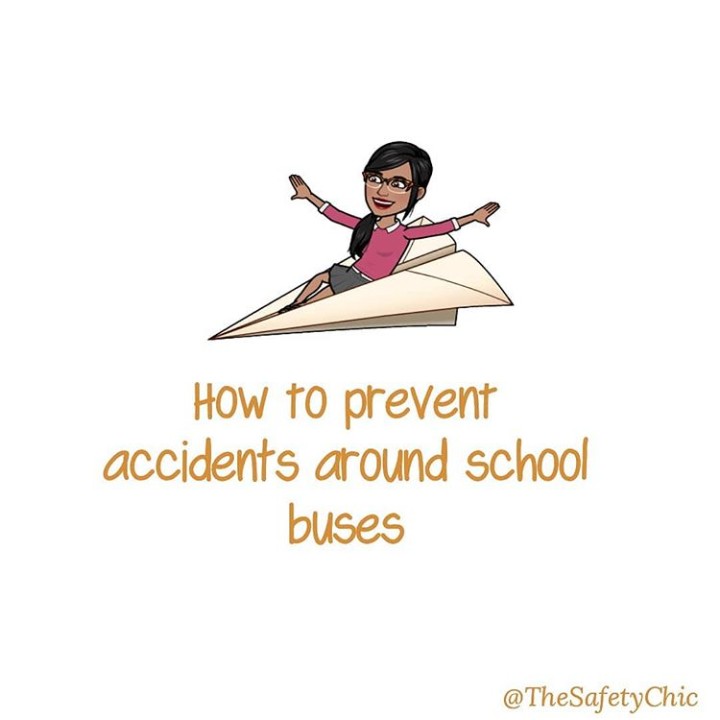Drug abuse is a complex problem at the intersection of public health, safety and social issues. It has a potential to affect all of us directly and indirectly. Therefore, we must find a way to support the work organisations are doing in this area. We can ensure social inclusion and build resilience by supporting rehabilitation and reintegration efforts.
The top 3 causes of deaths in youths are motor vehicle crashes, suicide and homicide. The risk factors at the different levels are:
- Individual level: anxiety, aggression
- Relationship level: peer pressure, parental use
- Community level: access to substances, neighbourhood crime, poverty
Just the way these risks occur at different levels, interventions must also focus at these levels. They can be used at single levels or at multiple levels concurrently.
Individual level: Focus is on methods that would reach the individual directly. This helps them see the discrepancy between their goals and their behaviours.
Relationship level: This focuses on methods that cause peers to practice prevention and for parents to become more involved in monitoring the child. E.g. school based programmes, parental rule setting
Community level: Interventions here are policy related e.g. minimum drinking age restrictions
Substance abuse is totally preventable and can be reduced if we all play a part. As a parent, model good behaviour and set rules. As a peer, do not be a negative influence to your friends. Also, speak up when you see risky behaviour. As a community, we can advocate for changes in policy, support organisations working on this and speak up against risky behaviour.
Do you know a rehabilitated youth who would benefit from a digital skills programme? Send an email to hello@thesafetychic.com




